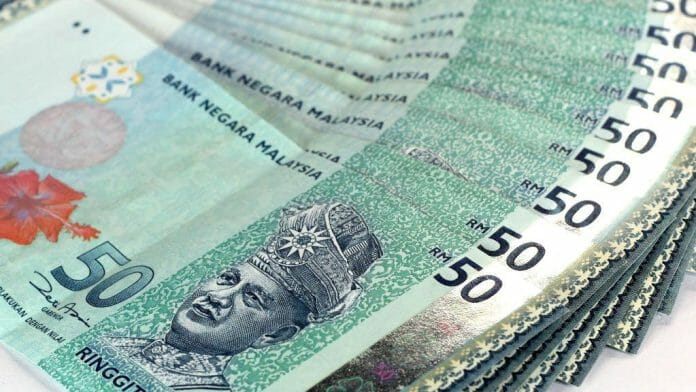MIDF in its mid-year performance review remarked that the strong dollar has persisted as Fed is yet to end the tightening cycle. Revised views for further hikes by the Fed and several other developments have caused the US dollar to continue strengthening against other currencies. The stubbornly elevated inflation shifted market opinions to expect a delayed pause by the Fed, and no more expectations for rate cuts later this year. In fact, market expectations seem to be more in agreement with the Fed’s indication to keep the fed funds rate at high levels until inflation clearly trends lower towards the Fed’s 2% longer-term target. Although the greenback weakened after mid-Mar-23 as market sentiment improved after the prompt actions by authorities in the US and Europe to contain the risk of a wider banking turmoil, the dollar appreciated again in May-23 until the US government agreed to suspend its debt ceiling for 2 years until early Jan-25. Despite the fluctuations in DXY index this year, the US dollar was broadly unchanged as of last Friday (9 Jun 2023) against the level at end-2022.
Year-to-date ringgit was among the worst-performing currencies after JPY, while the dollar index remained unchanged the ringgit on the other hand has been among the worst-performing currencies, only second after the Japanese yen. As the market priced in delayed pause by the Fed and fears on global growth outlook (with the debt ceiling talks and consumption-led recovery in China), the ringgit practically reversed its appreciation and fell back to the lowest level since Nov-22, and hovered around RM4.59-4.60 in the past couple weeks. This translated into -4.5% depreciation of the ringgit, second after -5.9% decline in the yen. Other regional currencies also weakened year-to-date at a slower pace between -0.3% to -3.3%.
According to MIDF, the real effective exchange rate (REER) fell further below 100, indicating the ringgit exchange rates remained undervalued even after two years of post-pandemic recovery. The decline in REER not only worsened ahead of the Fed initiated its aggressive rate tightening, but it also resumed again after a temporary reversal late last year (when the market expected the Fed to pivot and eventually stopped its policy tightening). However, the delayed pause and therefore more hikes by the Fed not only supported the US dollars but also caused the ringgit’s REER to deteriorate further going into 2023. In contrast, analyzing the ringgit’s effective exchange rate on a nominal basis (NEER), the local currency was roughly unchanged with the NEER averaging 103.4 in Jan-Apr 2023 (average 2022: 103.2). In other words, NEER suggests a more stable ringgit valuation despite the fluctuations and weakening against selected currencies such as major currencies i.e. USD, EUR and GBP as well as most regional currencies such as IDR, THB, and SGD.
Despite the robust and sound economic fundamentals on the back of sustained growth in domestic demand, a positive job market, and continued trade surplus, the investment house noted that the ringgit had weakened due to greater influence from external developments. Apart from changing fund flows, the ringgit has been constrained by a revised view on the Fed’s future policy direction, concerns over global growth (e.g. less encouraging China’s economic recovery and US debt ceiling issues), and relatively lower commodity prices. If the strong dollar narrative continues, positive growth fundamentals will have a limited effect to support the ringgit outlook
Ringgit will also gain from increased foreign flows, in addition to no further widening in interest differentials. Looking at the depreciation of the ringgit vis-à-vis US dollars so far, MIDF had recently revised its FX outlook to average at RM4.26 this year (previous forecast: RM4.20). Although this points to a slower appreciation than previously forecasted, it will still be stronger than the average RM4.40 recorded last year. Given the sharp fluctuation in ringgit movement, the house said it still assumes the ringgit could move towards RM4.00 by year-end as economic growth will be sustained and anchored by growing domestic economic activities.









